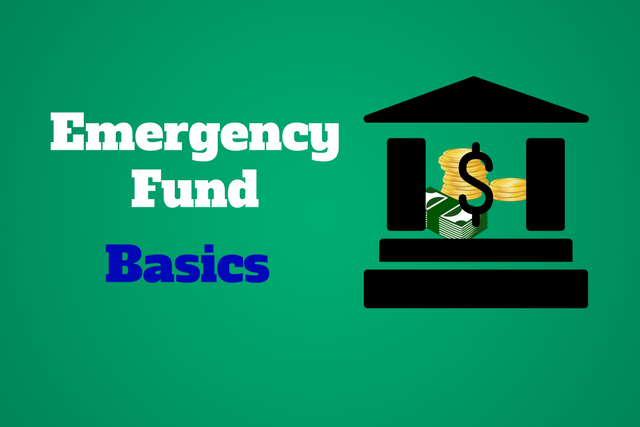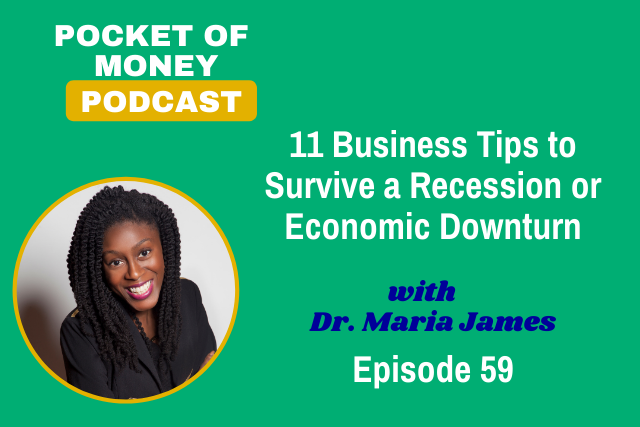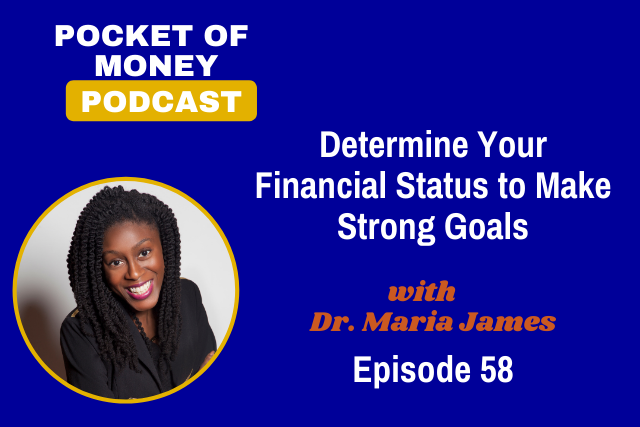Financial Fitness Turn Up Challenge Week One

Happy Financial Literacy Month! Well, three months have already passed. How are you doing with your financial goals?
Did you just cringe? Yeah, you’re not alone. Many people have usually fallen off track with financial goals by the time April has rolled around. However, you don’t have wait until the end of the year or the new year to get back on track. You can boost your financial fitness now.
I’ve put together the Financial Fitness Turn Up Challenge. It’s a 30 day savings challenge. Each week has a theme and actionable tips.
Week one is the Financial Check-up. Below you’ll find the content for week one of the challenge.
Financial Fitness Turn Up Challenge Week One: Financial Check-up
The goal of this week is to get clear on where you truly stand with your finances, in other words your financial status.
Before we can address your financial goals (like saving for an emergency fund, saving for a house or car, investing more money, preparing for retirement, or starting a business) we have to see what we’re actually working with in your financial journey.
In order to do determine your financial status, you’ll need to calculate or acquire a few common financial status indicators.
Let’s review what the indicators are and then go into how to interpret them for your situation.
Financial Status Indicators:
Savings: This is the money in your saving accounts. Check your saving account balance to get this number.
Net worth: This is a measure of your wealth. It’s what you own minus what you owe to others.
Net worth = assets – liabilities
Total up your assets (things you own) and subtract your liabilities (debts, money you owe) in order to determine your net worth.
Credit Score: This is a number that tells your credit worthiness or in other words how likely you are to repay a loan.
Debt to Income Ratio: This is how much of your income goes towards paying debt every month.
There are more financial status indicators, but let’s stick with these main four. Now let’s talk about how to interpret your numbers.
Net Worth:
You’ve tallied your assets. You’ve calculated your total debt. You’ve used the formula and determined your current net worth. What exactly does this number mean? Is your number good? Do you have good financial health?
Let’s see.
1) Negative or Positive
First, is your net worth negative of positive? If you have more debt than assets, then your net worth is negative. You owe more than you own. Don’t fret. A lot of people have a negative net worth. In this day and age, if you’ve gotten higher education then you likely have those annoying student loans.
Other large types of debt are also quite common in many societies today, such as car loans, home loans aka mortgages, and medical bills. So … if you have a negative net worth, you’ve got a lot of company and you have a lot of work to do.
Alright, so if your net worth is negative then you know a priority goal needs to be to decrease liabilities (pay off debts) and increase assets (buy more things that appreciate in value).
If you have zero or low positive net worth, then you’re in a better place, but still have a lot of work to do. Focus on paying off the remaining liabilities, maintain your assets, and acquire more assets.
If you have a positive net worth, now you’re cooking with some grease. Of course the higher your net worth the better. Focus on remaining debt free and continuing to acquire assets.
2) Good for Your Age
Check your net worth against the amount of money you need to have in retirement. Are you on track to meet your goal by the age you desire to retire? If yes, then you’re in good shape.
If no, then you have a problem. No matter if you have a positive net worth, you need to get that number up to where it needs to be so that you’re on track with your goal amount for retirement.
While your net worth gives you a number that encompasses assets and liabilities, it’s still good to analyze the other indicators individually.
Savings
A complete emergency fund is 6-8 months worth of bills. How many month’s worth of bills do you have in your emergency fund?
The longer you would be able to run your household should you unexpectedly lose income, the better. At bare minimum save up $500. Aim to save up at least 1-3 months worth of bills
Credit Score
You’re likely well aware that your credit score is an indicator of how well you’re handling your debt. The higher your score the better. In general 720 and above is a good credit score while below 580 is high risk. Between 580 and 720 is fair. An excellent credit score means you’re above 800.
Debt to Income Ratio:
I think it almost goes without saying. The less of your income that has to go towards debt the better. Work on paying off any credit card balances. If you do carry balance, then don’t use more than 30% of the available credit. Never carrying a balance is of course ideal.
If 30% or less of your monthly income is going towards all debt, then you’re in great shape. Keep working on paying off your debt. The goal is to get to $0 going towards debt every month.
If more than 50% of your monthly income is being used to pay debt, then that’s a major issue. Debt is eating up half your pay. That means you have a lot less to save and handle household bills. In such a situation, definitely need to focus on paying down debt and increasing your income so you can pay off the debt faster.
Week 1 Actions:
- Write the amount of money you have in saving. Analyze your length of survival in months based on this number plus what you have in your checking account.
- Create a chart of your debts. Determine the total amount of debt you have.
- Create a chart of your investments.
- Look up your credit score.
- Calculate your debt to income ratio.
- Calculate your net worth.
Notes to WISE Financial Fitness Members:
WISE Members take a deeper dive into these indicators in course one of the WISE protocol: Assess Financial Status.
Check the forum for more discussion on financial status indicators, debt repayment, and saving strategies. Post questions in the forum.
Did you register for the Financial Fitness Turn Up Challenge?
In order to get the other three weeks of content, the resources and worksheets that accompany the challenge each week, you have to register. Fill out the form below to join the challenge.








Responses